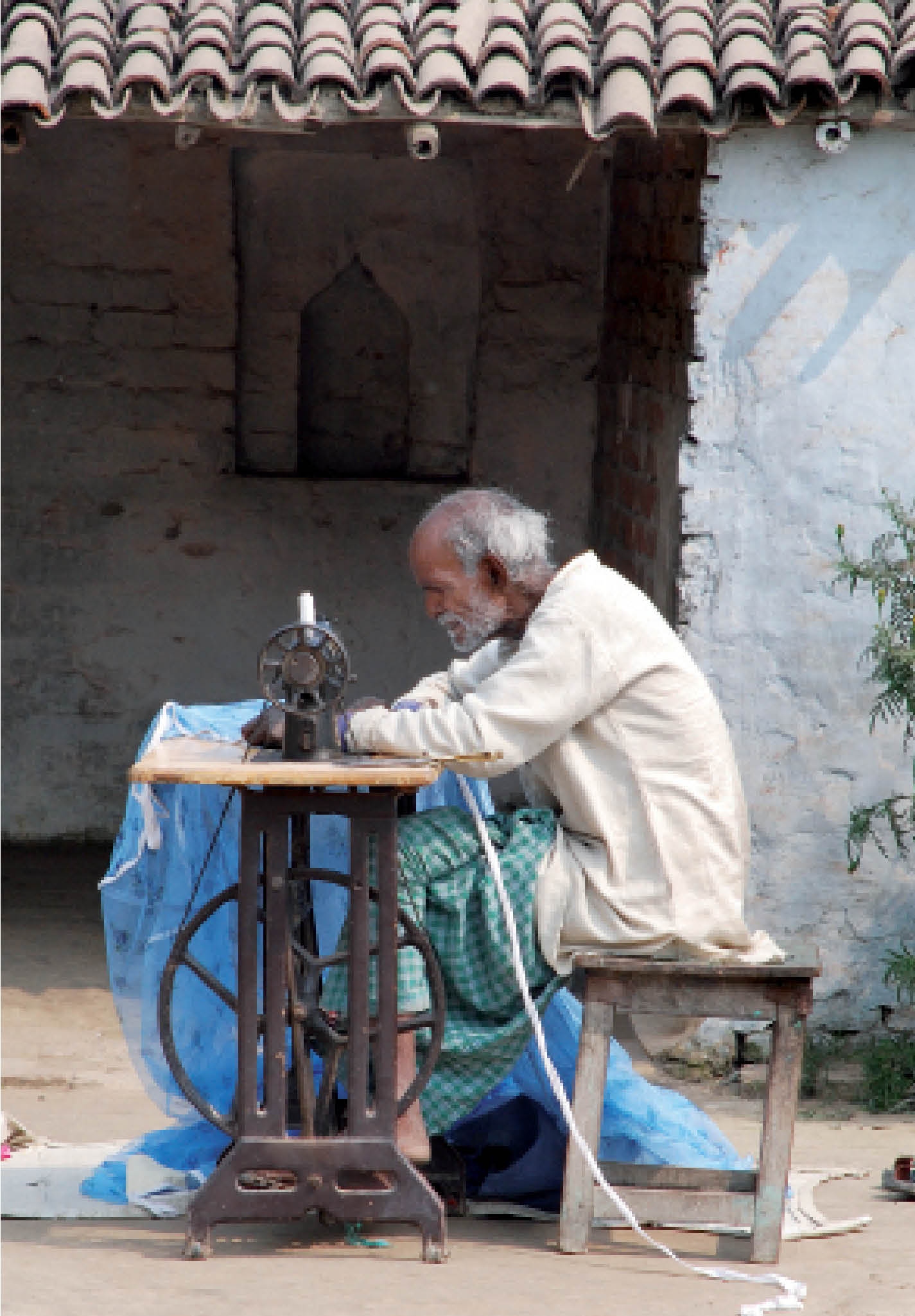
Inside this issue
Population studies
Asian countries are experiencing demographic transition from a young to an increasingly older population, unfolding against a context often characterised by persistent poverty, gender vulnerability, economic strain, constricted public resources and limited civil institutions to support the elderly.
Most research on female migrant employment concentrates on two female dominated sectors: domestic work (cleaning and care) and the sex industry. The presence of skilled women in migratory streams is often ignored. This paper presents some research on skilled migrant women and suggests that as with less skilled migrants, their movements too are shaped by family relations and social networks.
Migration is probably a more important element in determining population structure and change in an area than fertility and mortality. Its study however poses many problems as the subject is prone to definition complexities especially in the global context.
Biodiversity Year
Nature is being redefined as a capitalist commodity to be traded and speculated on in the international market. The latest thinking is pushing for global enclosures of local commons that will lead to profound transformations of traditional and cultural values.
The United Nations General Assembly has proclaimed 2010 as the International Year of Biodiversity (IYB) to raise awareness about the underlying threats to and the need for biodiversity conservation. As a mega-diverse country and as a Party to the International Convention on Biological Diversity (CBD), India had committed itself to achieving the 2010 Biodiversity Target, adopted by the sixth Conference of the Parties (CoP) to the CBD, to significantly reduce the rate of loss of biodiversity.
Amherstia is a rare tree of great grandeur bedecked with beautiful flowers and drooping leaves, unfortunately found sparsely in India. Highly endangered, this species today seeks proper care and conservation for its survival in this struggle bound earth.
Energy India
Power Grid Corporation of India Ltd. (POWERGRID), a central transmission utility, was established in 1989 with the mandate of establishment and operation of regional and national grids to facilitate transfer of power with reliability, security and economy.
The oceans and the land beneath them could provide all the energy the world needs for years to come. As new technologies are been developed ocean resources are shaping up to meet our increasing energy needs.
The Ministry of Earth Sciences established National Institute of Ocean Technology (NIOT) to serve as its technical arm for taking up technology development and demonstration projects in major areas of ocean energy, a reliable and commercially viable multi-functional system for the extraction of energy from sea water. Gas hydrate exploration amounts to one of its prominent achievements.
Traveller's Siary
A fantastic workshop followed by a meteor shower and a trek to Shikhar thrown in for good measure was quite an unexpected treat. The icy winds, sparkling sunshine and pretty solar powered villages made this trip one of the most memorable among my many sojourns.
IN CONVERSATION WITH
Dr Binod Khadria talks to the editor about his pioneering India Migration Report 2009 which has brought to light new and emerging trends in international migration. This report will help young Indians unravel what involves the migration of human capital to distant shores. Dr Khadria, a professor of economics at the Zakir Husain Centre for Educational Studies, Jawaharlal Nehru University (JNU) is renowned world over for his research on the issue of brain drain from India and seeks to intervene significantly at policy levels. He has been prominently associated with organisations and networks such as the ILO, IOM, OECD, World Bank, WHO, GFMD, SciDev, APMRN, and International Geographical Union (IGU) and many universities abroad.
In brief
Dear readers You will agree that issues of population and migration have somehow always dodged the headlines in India till the recent attacks on Indians in Australia have forced everyone to sit up. Our team proposed that we publish a series of article to capture the dimensions of both internal as w

